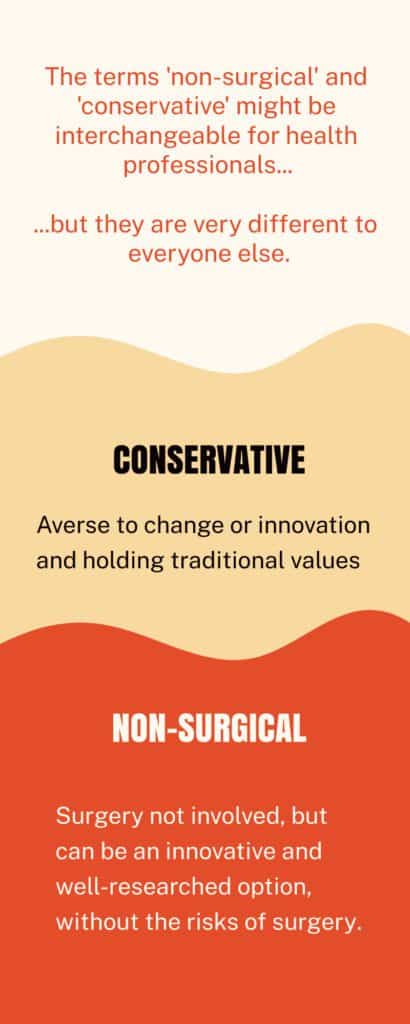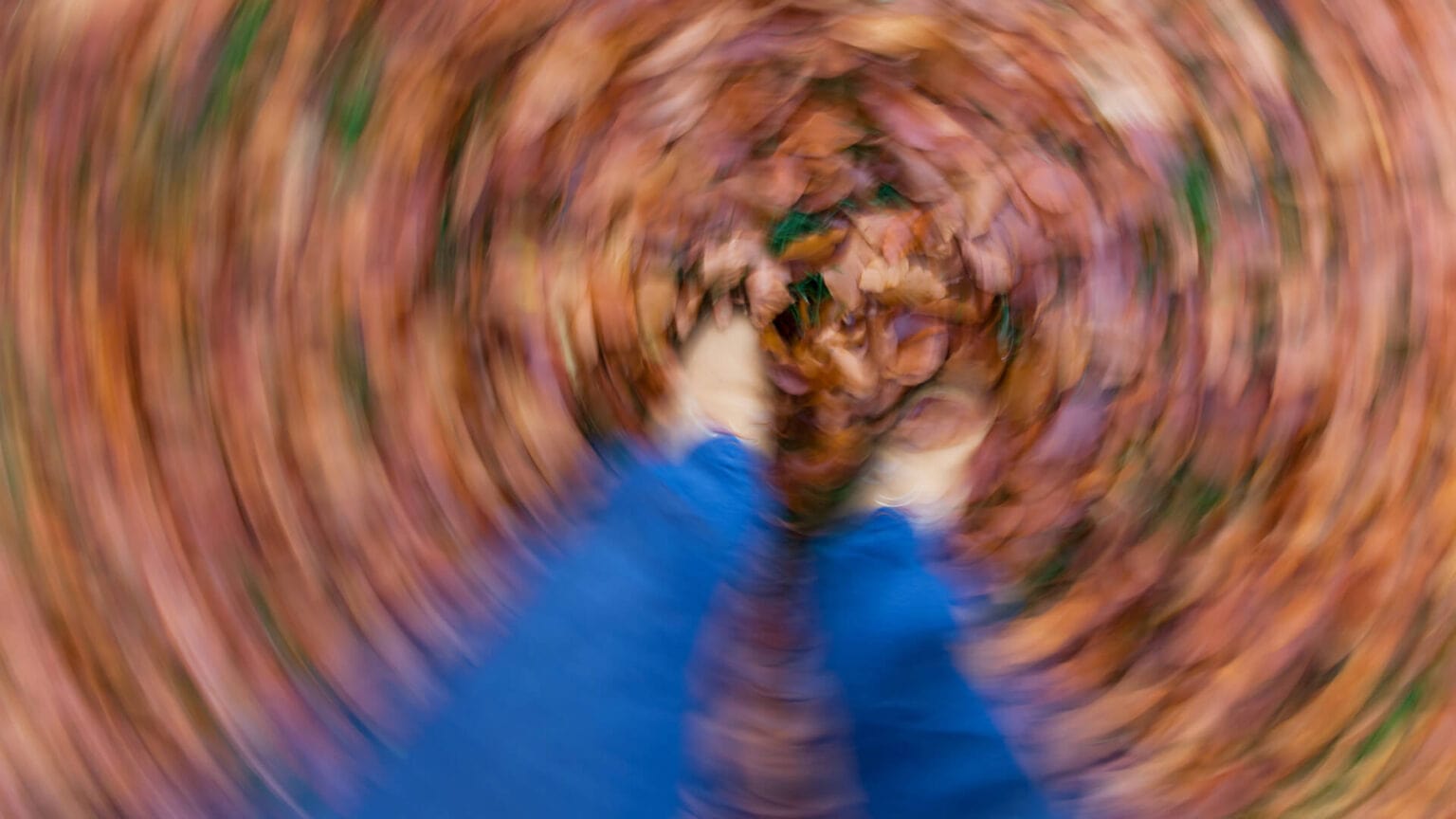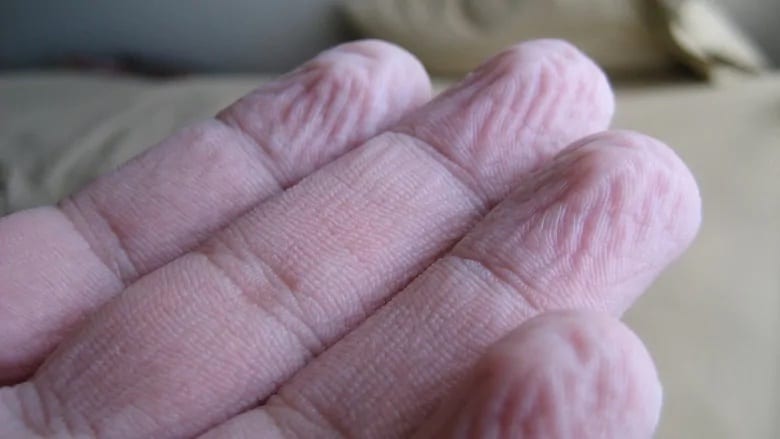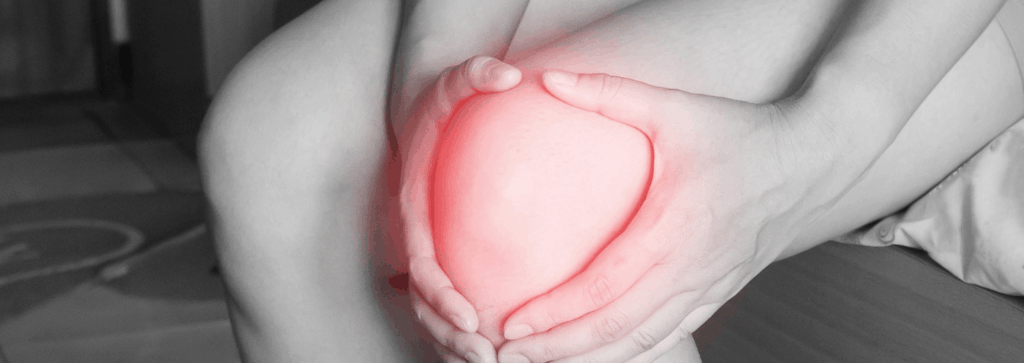So you’ve been unlucky enough to injure your knee.
Maybe you are suspicious that you have ruptured your ACL based on your physio or your GP’s opinion. Or maybe you have already had an MRI that confirms it.
Are you going to need surgery, or can you manage this with physiotherapy alone?
The aim of this blog is to help you know what to expect and make an informed decision about what to do next.
An ACL tear has one of the longest recovery periods of any injury for return to sport.
It is important to make the right decisions about how it is managed for getting back to sport, but also for future life beyond sport.
Full rehabilitation usually takes 9-12 months to get back to full playing capacity.
This is going to depend on the person, their level of commitment, and the sport or activity they are returning to.
This recover time is regardless of whether surgery is required or not.
ACL tears for returning to sport and higher levels of activity often do require surgery.
Do All ACL Tears Require Surgery?
The short answer is no.
The decision about whether a person needs surgery for their ACL rupture or not depends on a number of different factors, including:
- the amount of pain
- degree of instability of the knee with an absent ACL
- what type of activity the individual is hoping to return to
- if other knee structures have also been injured (e.g medial collateral ligament, medial meniscus)
These factors are weighed up in consultation with your orthopaedic surgeon and your physiotherapist.
If you are returning to a sport/exercise that requires agility, jumping and/or acceleration, you are more likely to need an ACL repair to be satisfied with your knee.
Non-surgical management follows a similar process and timeline to that of surgical management, however doesn’t require surgery at the beginning and may progress to on-field work quicker. There is no graft that needs to be protected from force.
Surgery can be quite expensive and obviously requires an immediate post-surgery recovery time before beginning the rehabilitation period of strengthening and skills.
That being the case, you want to be convinced that the outcome is going to be better to undergo the surgery, and not worse or the same as if you hadn’t had surgery.
What does the evidence say?
A Cochrane Review called ‘Surgical versus conservative interventions for treating anterior cruciate ligament injuries’ found only one study of an adequate design to answer the question.
The conclusion was that at 2 and 5 years after the injury, there was low quality evidence of no difference between surgical and non-surgical management in ‘patient-reported scores’ like pain, function in sports and recreation and quality of life associated with the knee.
One important message from these reviews was that between 17-39% of people started non-surgically and then moved on to having surgery due to the patient being concerned about the feeling of instability that remained.
Conservative vs non-surgical
As demonstrated by the title of the Cochrane Review, you will often read the term ‘conservative’ as the opposite of ‘surgical’, but this isn’t correct.
‘Conservative’ has an implication that it is the ‘safe option’ or the ‘easy option’ or ‘more based on rest’
In fact it has nothing to do with these things, so the best term is ‘non-surgical’.
Non-surgical treatments are usually much more active ie the patient doing work, so they aren’t an ‘easier’ option.
They are not the ‘safe’ option, they are chosen because it is the best option in those circumstances.
And rarely is the non-surgical option all about rest.

How can you manage an ACL tear without surgery?
The muscles that surround the knee are dynamic stabilisers, meaning that they work to maintain the stability with movement.
Keeping these muscle groups strong and maximising their joint control means that they can do their best job of stabilising the knee through movement. To a degree, this can replicate the passive stability that is provided by the ACL.
Whether this optimised dynamic stability is enough to maintain a stable knee joint depends on the degree of strength and coordination that is achieved, and the activities and forces that the joint is subjected to.
Famous athletes who didn’t have ACL surgery
There have been some notable athletes over the years that have been able to compete in their chosen field without needing to have surgery immediately after the injury.
Cadel Evans tore his ACL in the days after the Tour de France during post-tour celebrations.
He then competed in the 2008 Olympics within two weeks, finishing 14th in the road race and 5th in the time trial.
Because cycling doesn’t require any lateral movement of the knee, there is less of a strain on the ACL, allowing Evans to compete so soon after injury.
Another notable athlete in more recent times, Zlatan Ibrahimovic helped AC Milan win the Serie A title (Italian soccer) after tearing his ACL mid-season. He was 40 years old at the time.
This is quite a remarkable feat as soccer puts a lot of demand on the ACL with the agility requirements and direction changes.
Ibrahimovic did end up having an ACL repair at the end of the season as the second half of that season was quite challenging for him.
Due to pain, he only attended 10 training sessions over a 6 month period, required 20 injections, used pain medication everyday, barely slept and had the knee drained of fluid once a week.
So even for elite athletes there needs to be a consideration for the type of activity that they are returning to.
What is involved with ACL surgery?
The most common form of surgery for an ACL reconstruction is to use a length of hamstring muscle on the same leg that is removed from the hamstring muscle bulk and anchored in the same area as the ACL would be.
Over time the hamstring muscle then remodels itself to become a ligament.
A section of the patella tendon is also a possible option for a new ACL graft.
In some cases synthetic ligaments (most notably LARS) can be used, usually in athletes as they result in quicker rehabilitation times (however the long-term benefits are not great, very much a quick fix requiring a traditional repair in the future).
The phases of physio rehabilitation after ACL reconstructive surgery
The rehabilitation process starts immediately after surgery. It can divided into distinct phases:
- Post surgical: reducing swelling, restoring knee range of motion, initial muscle activation exercises, normalising walking pattern
- Next is increasing strength of the surrounding muscle groups to mirror the opposite leg.
- Once strength is at an acceptable level straight running is introduced, then progressed to slight changes of direction progressing to more agility based movement if required.
- Finally if the patient is wanting to return to sport, a graduated return to training is performed. Starting with non-contact drills that require minimal agility based movements. This is progressed towards full return to injury.
- Once the patient can complete multiple training sessions without concern, return to sport can be considered.
Then once a normal gait pattern has been achieved, strength is the next focus building towards running and sport specific exercise (if required).
This process usually takes 9-12 months, dependent on the individual.
There is a wider discussion of this on our page about ACL injury treatment.
Will my knee be the same after ACL surgery?
Unfortunately, regardless of having surgery or not, return to sport is not always achieved after ACL rehabilitation.
On average, return to sport rates are roughly 60-70% for non-athletes and between 78-98% for athletes.
One of the most important factors throughout the rehabilitation process is confidence in the knee.
One of the main aims of each stage of rehabilitation is to recover confidence by mastering an activity before continuing to the next stage.
Whilst return to sport usually occurs between 9-12 months (particularly in athletes), it can take up to 2 years before people have full confidence in their knee.















